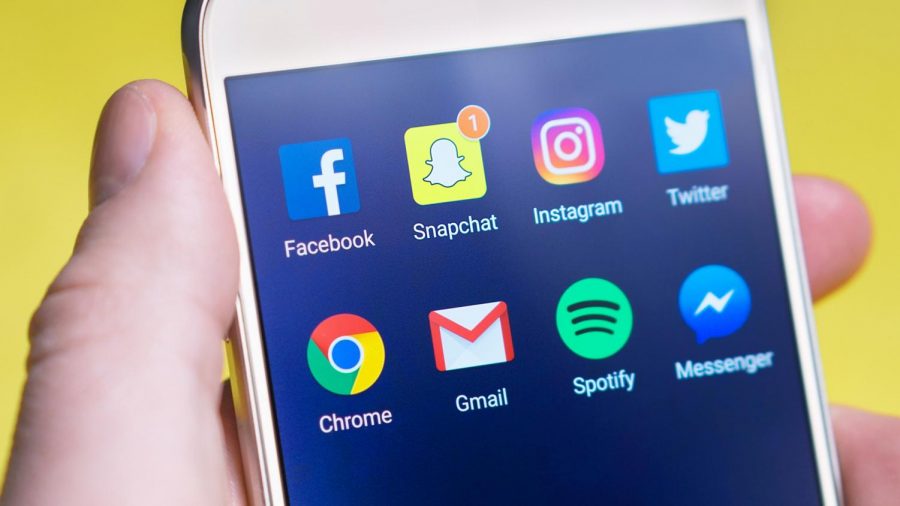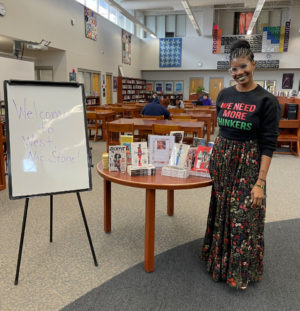The dangers of social media
Teens and social media are at the forefront of much debate.
November 18, 2017
Teens spend at least nine hours a day on social media. In 2016, the “Huffington Post” reported 75 percent of teens in America have profiles on social media. Thirty-nine percent of those teens have been bullied in some way online.
Parents and teens do not know the dangers that lurk on social media.
It is the 21st century,what teen does not have a cell phone? And this does not just refer to a cell phone, but to a smartphone where they can download all the social media apps they want. These teens probably did not ask their parents for permission to download any apps either because it is their phone.
What percentage of that 75 percent of teens with social media profiles discusses the dangers of social media with their parents? According to “CyberBullying Statistics,” one out of 10 teens tells their parents if they have experienced cyber bullying. Fewer than one and five cyberbullying incidents are reported to law enforcement.
“My parents have never talked to me about the dangers of social media. They expect me to know what lurks there are on social media,” sophomore Ellie Sachleben said.
There are tutorials on Google where it shows how to hack one’s social media account. University of Phoenix reported that two-thirds of U.S. adults with social media accounts said they have been hacked and they limited their personal information due to being afraid of getting hacked.
The “Huffington Post” also reported 61 percent of parents check their teen’s websites they visited. Some of the dangers on social media are online predators, cyberbullying and sexting. Parents can monitor their teens by using software such as SafetyWeb or SocialShield.
In a recent Twitter poll, students voted that Facebook is the most dangerous social media app out there. “Facebook depression” is defined as emotional disturbances that develops when kids spend a great deal of time on social media. Some symptoms of “Facebook depression” are extremely negative comments, also seeing status updates from friends about significant others or achievements. People get depressed from these things by not having them for themselves. Social media causes depression because teens have to keep up with the latest trends and compete with each other with followers and likes.
“I think Facebook is the most dangerous social media app because you can see more than Snapchat and Instagram. You can see friends of friends posts,” sophomore Kylie Howell said.
Out of the 1,000 Americans surveyed, ‘Huffington Post” reported and found half of them shared too much personal data online. How much is too much?
Posting your address, phone number, and email address is posting too much personal data online. Sometimes, even photos that have your GPS on can be dangerous because it gives your location and you can be found easily by anyone. And there are predators out there.
“I think the most dangerous app is Facebook because anybody can follow you and you don’t know who it is or what they want. Also, people post a lot about themselves on Facebook and it can give people the wrong impression about somebody,” guidance paraeducator Mary Gonzalez said.
Teens can create “finsta” accounts, post videos and pictures of them doing illegal substances. That does not only hurt their reputation, but also colleges and job applicants look on social media accounts to provide more information about applicants. Sometimes, decisions are made based on what is seen.
“I follow a lot of people’s “finsta” accounts and they post stupid things and it makes me look at them[the people creating the “finstas”] in a different way,” sophomore Meghan Nahnybida said.








